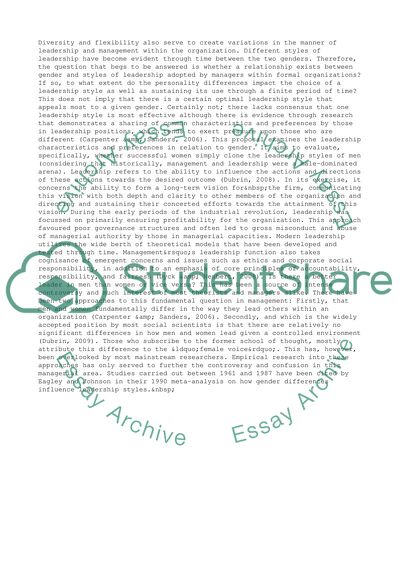Cite this document
(Research Methods - Managing Change in Organizations Proposal, n.d.)
Research Methods - Managing Change in Organizations Proposal. Retrieved from https://studentshare.org/management/1397645-research-methods
Research Methods - Managing Change in Organizations Proposal. Retrieved from https://studentshare.org/management/1397645-research-methods
(Research Methods - Managing Change in Organizations Proposal)
Research Methods - Managing Change in Organizations Proposal. https://studentshare.org/management/1397645-research-methods.
Research Methods - Managing Change in Organizations Proposal. https://studentshare.org/management/1397645-research-methods.
“Research Methods - Managing Change in Organizations Proposal”, n.d. https://studentshare.org/management/1397645-research-methods.


